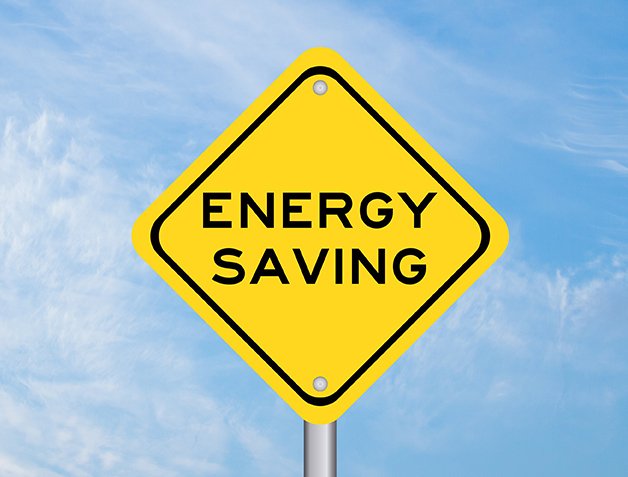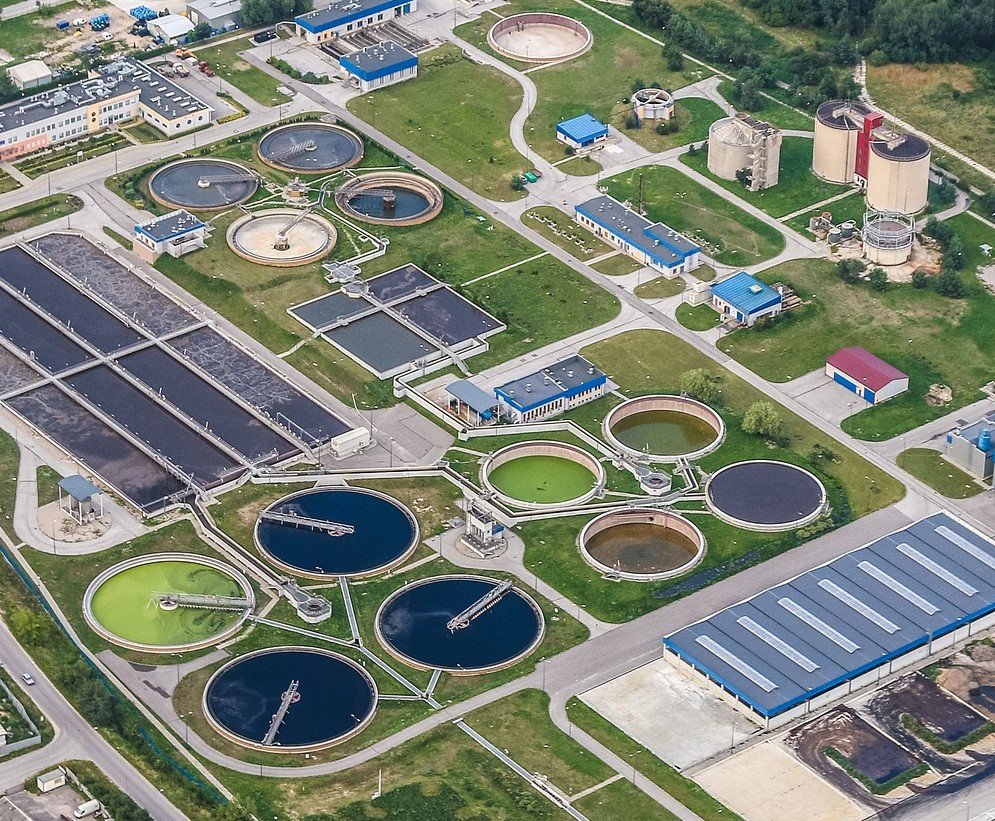
Banana is a climacteric fruit that increases its respiration and produces a lot of ethylene during its postharvest phase. They are usually harvested at a stage prior to ripening for transport and then artificially ripened in ethylene chambers. Banana quality can be seriously affected if bananas produce moderate amounts of ethylene during transport. Ethylene affects bananas in ways that: It accelerates ripening and over-ripening.
Read More
Rising energy costs force us to think of new ways to reduce our energy consumption in air filtration and air conditioning installations, in addition to the need to reduce CO2 emissions. When renovating and designing new ventilation and air filtration systems, it is essential to apply energy-saving solutions without sacrificing performance. Many factors affect energy consumption, the most commonly known are fan operation
Read More
There are more than 400 varieties of kiwifruit, the most common being green (HAYWARD) and yellow (GOLD). The demand for kiwifruit is increasing year after year due to the boom in consumption of the fruit and its high nutritional properties and pleasant taste. Kiwifruit is a highly sensitive climacteric fruit and as little as 5-10 PPB (parts per billion) of ethylene will induce general softening. This means that exposure of kiwifruit during harvest, transport and storage should be avoided. More and more producing countries are exporting around the world, posing a logistical challenge for a fruit that is extremely sensitive to ethylene. Scientific studies have shown that ethylene has negative effects on kiwifruit: - Accelerated ripening and overripening. - softening and loss of skin firmness - White central inclusions - Increased incidence of rots and mycobacterial infections. - Green core due to overripening
Read More
The cost of removing H2S from biogas involves much more than just the cost of the media itself.Using a media with a higher absorption capacity result in fewer media replacements, which means savings in the total quantity of media consumed, fewer media replacements, and lower yearly disposal costs. With BION CARB BG, Relative Humidity Will no Longer be a Problem. Relative humidity in biogas installations can vary substantially depending on plant conditions. BION CARB BG catalytic carbon is designed to work under optimal conditions with relative humidities between
Read More
Ethylene and Volatile Organic Compounds have a very close relationship with fruit ripening and skin weakening leading to significant yield losses. It is known that climacteric and non-climacteric fruits have a unique odor. These odors are actually Volatile Organic Compounds that are emitted by the fruit and become a signal that attracts pests and pathogens. The mixture of volatiles such as limonene, acetaldehyde and ethanol induce the germination of fungal spores such as Penicillium that attack the surface of the fruit. These different fungal species colonize the fruit and emit large amounts of ethylene. Ethylene is also a chemical signal that tells the fungi to
Read More
Ethylene is a Plant Hormone. A hormone is a substance that in very low concentration (0,015ppm) induces massive changes in produce metabolism. It regulates the processes associated with ripening and senescence. Being a gas, it can cumulate in closed environments: inside packaging, cold storage rooms and transport containers. The more ethylene cumulates in a closed environment, the more ethylene is produced, and the ripening process goes faster. Ethylene affects to fresh produce: Accelerating ripening Accelerating senescence Favors shriveling and weight loss Favors disease expression Increases the risk of physiological disorders Induces
Read More
The energetic crisis is increasing the need to reduce the energy consumption of air filtration and air conditioning installations due to its high energy cost and the need to reduce CO2 emissions. For this reason, when renovating and designing ventilation and air filtration systems, it is essential to find solutions that reduce energy consumption and its associated cost. The annual energy cost of these installations is related to the blower and the air conditioner (air heating, cooling or humidifying the air in the work area). The cost
Read More
It is a fact that corrosion has a significant economic impact on an industrial scale. As an example, the results of a study carried out in the USA showed that the estimated annual cost due to corrosion was $276 million, which is approximately 3.1% of the country's gross domestic product (GDP). It is logical then that, during the last decades, great efforts have been invested to face this problem and significantly improve corrosion management, offering better solutions, better equipment and new materials adapted for this purpose. But what do we mean by "corrosion"? It can be
Read More
The conversion of biogas into green energy is not only environmentally friendly, but also contributes to the optimization of natural resources. More and more industries have biogas stations to take advantage of waste generated in these facilities, contributing to generate a circular economy where all available resources are exploited. Biogas plants need to remove impurities before it is diverted to its final use (upgrading or cogeneration engines).
Read More